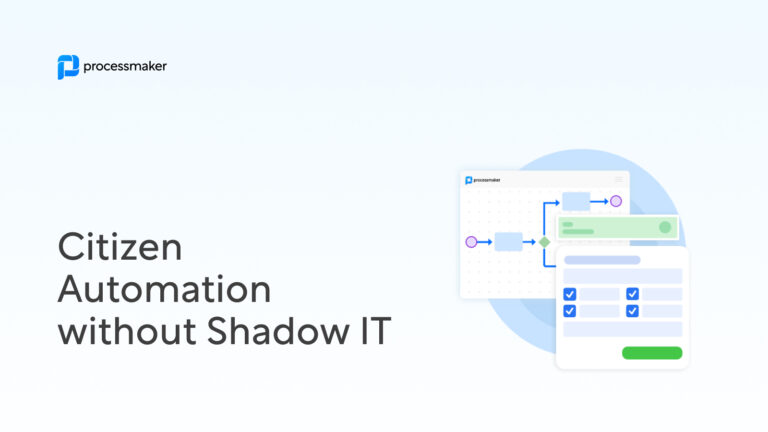What is the back office?
The back office in most organizations performs work that supports front office functions. While back office makeups vary by industry, teams generally consist of administrative and support personnel. Back office stakeholders typically have no direct interactions with customers. Rather, the front office assumes all client-facing tasks and responsibilities.
In addition to the front and back offices, some organizations also have a middle office. Consider a bank, for instance. The front office of a bank consists of teams like sales, customer support, and marketing. The middle office in a bank generally manages risk and perhaps IT systems and resources. The back office of the bank performs tasks like record maintenance, compliance, accounting, and clearances.
The term back office originated from the traditional layout of offices. Workers in the front of the office assisted customers that walked through the door. Those that had no direct client interactions were placed in the back of the office. While many back office workers no longer work in traditional office settings, the term has stuck and the functions they serve have remained largely the same.
Common examples of back office tasks
Examples of back office tasks are generally those that serve administrative or support functions. We mentioned a few examples above of common back office tasks in a bank. Other common examples across industries include things like data entry and analysis, writing, research, claims processing, accounting, human resources, and IT support.
All these back office roles play vital roles in the success of organizations. They improve productivity and reduce costs. They help to secure data and mitigate potential liability by increasing compliance.
What is office automation?
Office automation refers to the method whereby repetitive human tasks are automated using digital technology. By automating these tasks, an organization can streamline its processes, allowing employees to focus on tasks that are more valuable to the organization. Office automation also streamlines communication between team members, further increasing employee productivity.
Office automation offers organizations a broad range of benefits. These include things like:
- Boosting employee efficiency
- Facilitating communication
- Improved customer service
- Identifying and eliminating bottlenecks in workflows
- Improves storage and security of data
- Increased compliance
- Lower operating expenses
- Expedites cash receipts and simplifies cash flow management
Examples of back office tasks ideal for automation
Before looking at some examples of back office automation, it is helpful to understand some characteristics of tasks that are good candidates for an office automation system. Look for tasks that:
- Occur frequently
- Are repetitive
- Are labor intensive
- Established: select a task or process that has predictable operations, a history of success, and known costs. Automating a broken process will only make it worse. Lacking historical data will leave you with little to measure success by
- High ROI: look for areas where your investment in automation technologies will save you money
Data entry is an ideal back office automation candidate. It is among the most repetitive, labor intensive, and frequent back office tasks. It is also prone to human error, facts that remain true in nearly every industry. Automating data entry processes offers organizations the potential for a significant ROI. Through automation technologies like robotic process automation (RPA), organizations can significantly reduce the need for manual data entry, allowing employees to focus on more strategic and high value tasks. Moreover, costly data entry errors can be eliminated.
Employee onboarding and offboarding are examples of back office tasks that are ideal for automation. Organizations regularly hire and fire employees. Employee onboarding is generally a drawn-out process that involves training, gathering and filing important documentation, granting access rights, and assigning assets. Negative onboarding experiences can lead to poor retention. A lengthy process also keeps new employees from contributing and being productive.
The offboarding process is often overlooked by many organizations. This is a mistake that results in security and legal issues, as well as a wasted opportunity to make a good final impression on departing employees. Both the onboarding and offboarding processes can be automated with workflow software. For example, organizations can create offboarding checklists to provide consistency in the process and to ensure that all requirements are met for each departing employee.
Purchase orders are another time-consuming back office task. To get approval, a request may need to be reviewed and signed by multiple stakeholders. This inefficient process can result in significant delays. For instance, if a supervisor is out of the office, he or she may not review the request for many hours or days. Or the supervisor may review the purchase order only to request a correction. The requestor must then complete a new purchase order and start the process all over again.
With automation, purchase orders can be automatically routed to supervisors for review. If the order is approved, then an email notification can be sent to the vendor for approval. Once the vendor approves the purchase order, the software can generate a contract for both parties to sign. After the goods have been delivered or services performed, the requestor can close out the purchase order. Through automation a process that can take several days or more becomes nearly instantaneous.
Examples of back office tasks not suited for automation
As transformative as office automation can be it is not suited for every back office task. Organizations should look for the characteristics we mentioned above to identify back office tasks ideal for automation. Back office tasks that require human decision making are generally not suited for automation. For example, while various accounting tasks can be automated, there is no substitute for the judgment of an accounting professional.
Tasks that have a strong human element are also not suited for automation. We mentioned the offboarding process above. One of the most important steps during offboarding is conducting an exit interview with the departing employee. While it is true that an employee could be asked to complete a questionnaire, the organization will miss out on a valuable opportunity to dive deeper into the employee’s work experience and to make a lasting final impression.
Back Office Automation Software
Back office automation offers organizations powerful software tools to improve the efficiency and profitability of their back office processes. There are countless examples of back office tasks that are ideal for automation. Other tasks are not and will continue to require a high level of human involvement. Prior to implementing office automation, an organization must carefully consider how it will impact its existing processes.
ProcessMaker offers industry leading business process management software that makes it easy for organizations to test and implement automation in their back office processes.





